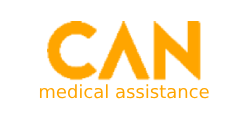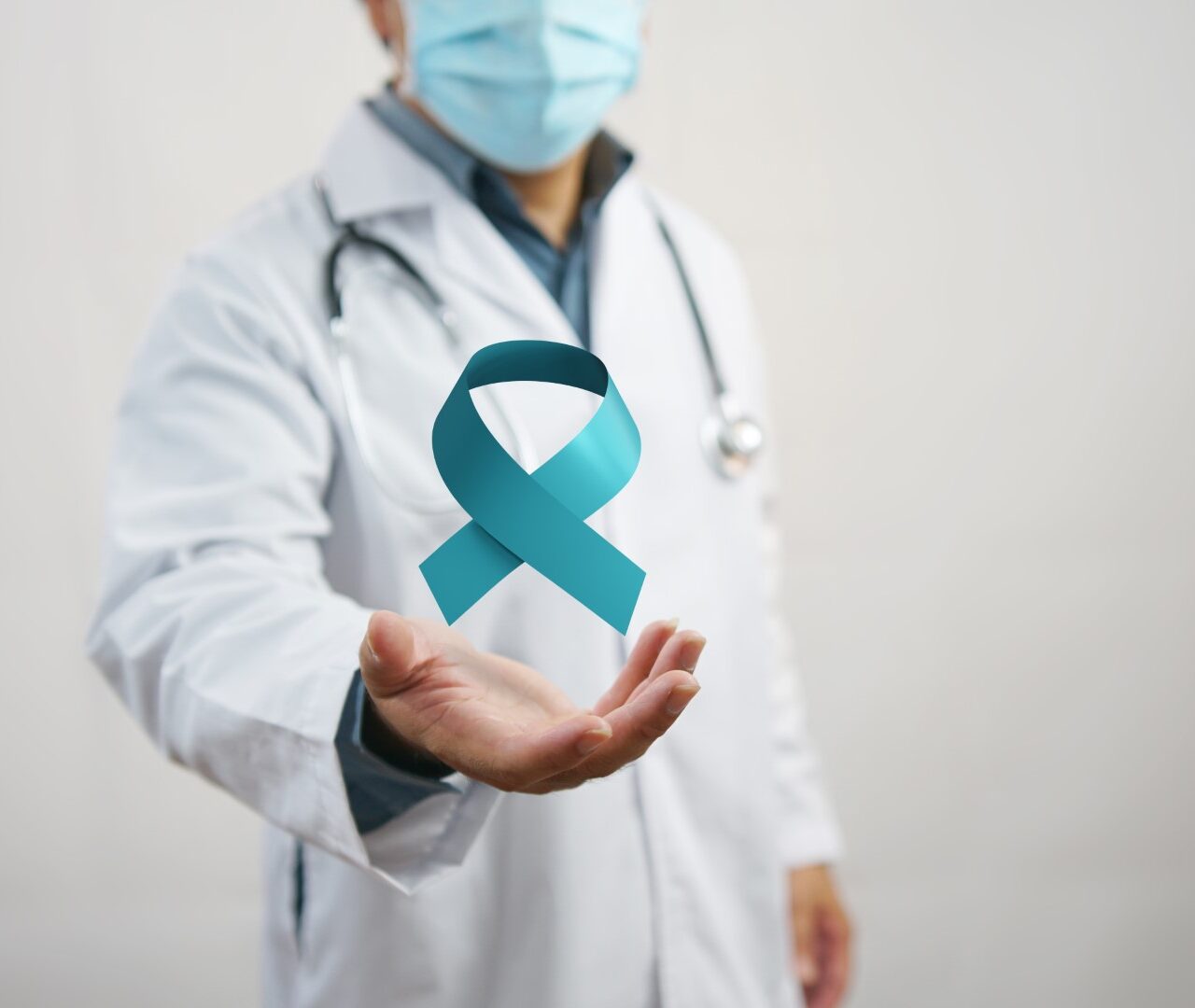Chemotherapy :
Chemotherapeutic drugs intravenously or orally prevent the proliferation of cancerous cells. Along with surgery and radiation therapy, chemotherapy is one of the major elements of the treatment of tumors. Chemotherapy is selected depending on the type of tumors and features patient.
For some species of tumors, chemotherapy is the only method treatment. For some tumors, chemotherapy and radiation therapy apply successively or at the same time, How do other tumors’ chemotherapy maybe apply before or after surgical intervention? The duration of chemotherapy and frequency of introductions are determined depending on from state sick. Chemotherapeutic drugs intravenously or orally prevent the proliferation of cancerous cells. Along with surgery and radiation therapy chemotherapy is one of the major elements of the treatment of tumors. Chemotherapy is selected depending on the type of tumors and features patient.
Application ray therapy :
This requires intense cooperation between radiation oncologists, medical physicists, radiological technicians, and nurses. Radiation therapy may influence How normal cells, as well as cancerous cells. That’s why planning treatment must carry out by experienced doctors to minimize side effects.
Recent years achieved big progress in parallel with the development of computer technologies in devices and applications used in the field of radiation oncology. Using developed technologies can ensure sensitive exposure to tumor fabrics at high doses and the protection of healthy fabrics at portable doses. At implementation, these two goals can decrease side effects that may arise and protect the quality of life of patients.
Chemotherapy can conduct :
Locally: creams or gels that are applied on the skin for the treatment of cancer skin.
Oral: chemotherapeutic drugs in the form of tablets, capsules, and liquids.
injections: injections usually made into muscle or layer fat on the arm, thigh, or belly.
Intraperitoneal (IP): drugs introduced directly surgically through or across a special tube into the abdomen cavity.
Intra arterial (IA): drugs injected into the arteries, which may supply blood tumors.
Intravenous (IV): drug introduces directly into a vein.
This treatment may be used as How to separate treatment or in combination with surgery intervention, radiation therapy, or other biological methods of treatment depending on the type of cancer, status patient, and condition cancer.
Apart from the treatment of cancer, chemotherapy same may be used in patients with debilitated immune systems or diseases with the dorsal brain.
Advantages
Decrease quantities of cancerous cells.
decline inclinations cancerous cells to spread to other parts body.
Decrease the size of tumors, and decrease perceived symptoms of cancer.
Allows cancer not to return in the future if this therapy is held after operations.
Decrease pain due to breeding cancerous cells at widespread cancer.
deficit
Patients account for constantly coming to the hospital which requires much time, money, effort, and thought.
For some patients, this therapy not works and provides enough good positive influence.
Chemotherapy causes various side effects due to damage to normal cells.
Side effects effects
Side effects in patients may vary depending on the gravity of most cancer. Considered side effects:
Dropping out hair
painful
The loss appetite
abnormal loss of weight
Nausea and vomiting
Shortness of breath and disturbances in cardiac rhythm due to anemia
In some cases, chemotherapy may be called for a rapid decline in the level of leukocytes that maybe lead to infection.
Targeted therapy :
Targeted therapy or targeted therapy is the treatment of cancer, which is especially aimed at certain cancerous cells using drugs that may inhibit development and kill cancerous cells.
This treatment leads to the inactivation of some cancerous cells, so side effects are very low.
As rule, targeted therapy is divided into 2 types, namely :
Low molecular weight connections: especially for targets contained in cells because these small molecules may easily penetrate the cells.
Monoclonal antibodies: target molecules that are outside cells or on surfaces of cancerous cells.
Benefits :
They change proteins in cancer cells, so cells are dying.
launch immune systems for the destruction of cancerous cells.
Bringing toxins before cancerous cells to kill them, not normal cells.
blocking or shutting down chemical signals that make cancerous cells grow and spread.
Stops educate new circulatory vessels that may ensure nutrition for cancerous cells.
Prevention workings organism certain hormones or blocking actions of certain hormones that may call the growth of cancerous cells.
Deficit :
This therapy may treat only certain kinds of cancer, such How crayfish chest, thick gut, lymphoma, cancer blood, skin, lungs, and prostate.
Targeted therapy may be called side effects.
Side effects:
Unlike chemotherapy, which has various side effects, this therapy causes fewer side effects such like :
gate
Diseases leather, such How cutaneous itching, redness, and dryness
Fatigue
Increased bloody pressure
Diseases hearts
Violations clotting blood and healing run
Hair problems such How dry, thin, brittle hair loss and even baldness
So what is Better: Chemotherapy or targeted therapy?
Both these therapies have their advantages and disadvantages. In most cases, the doctor will offer options for treatment after holding careful surveys. Before starting treatment patients are recommended to consult an oncologist.





